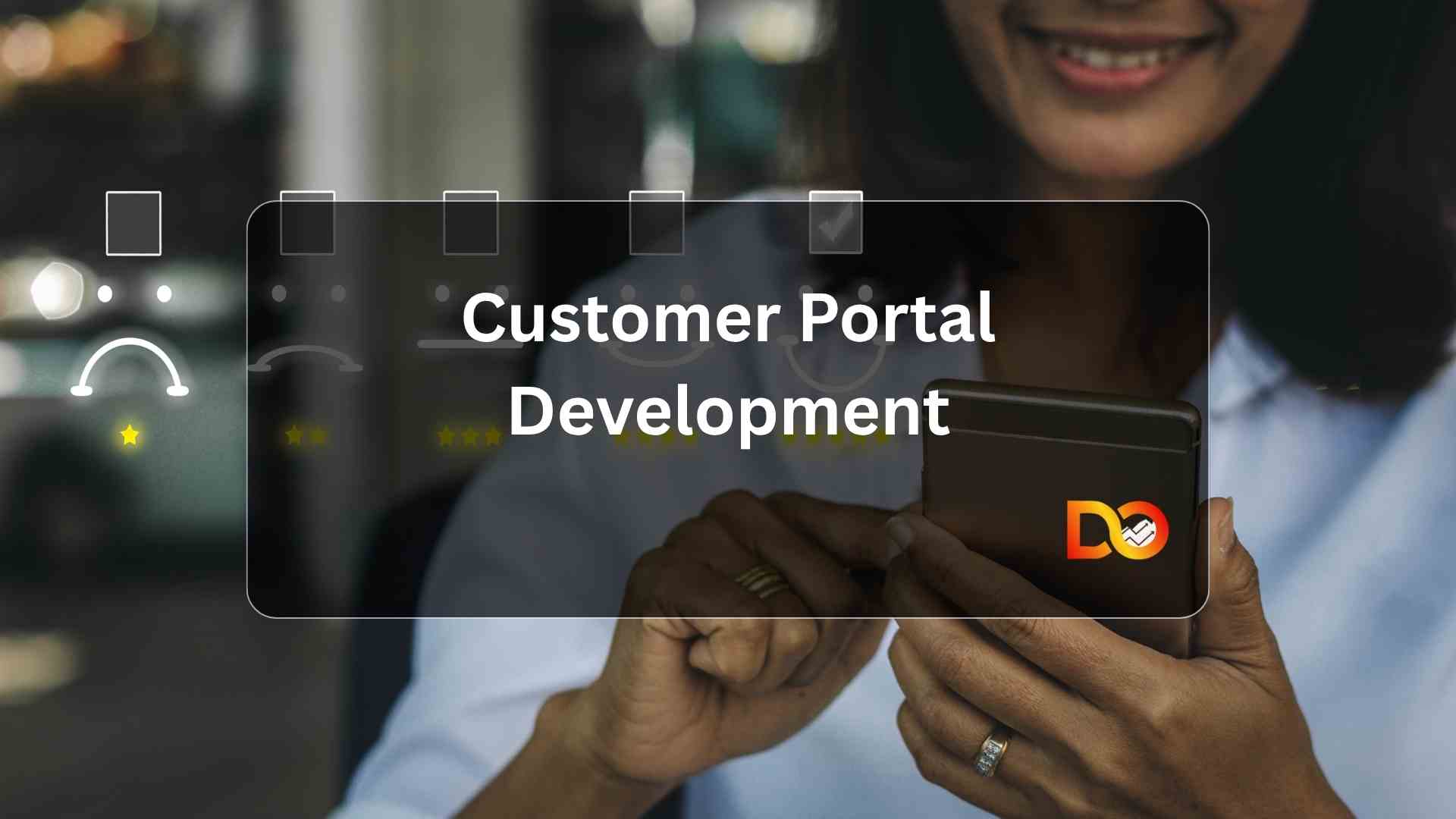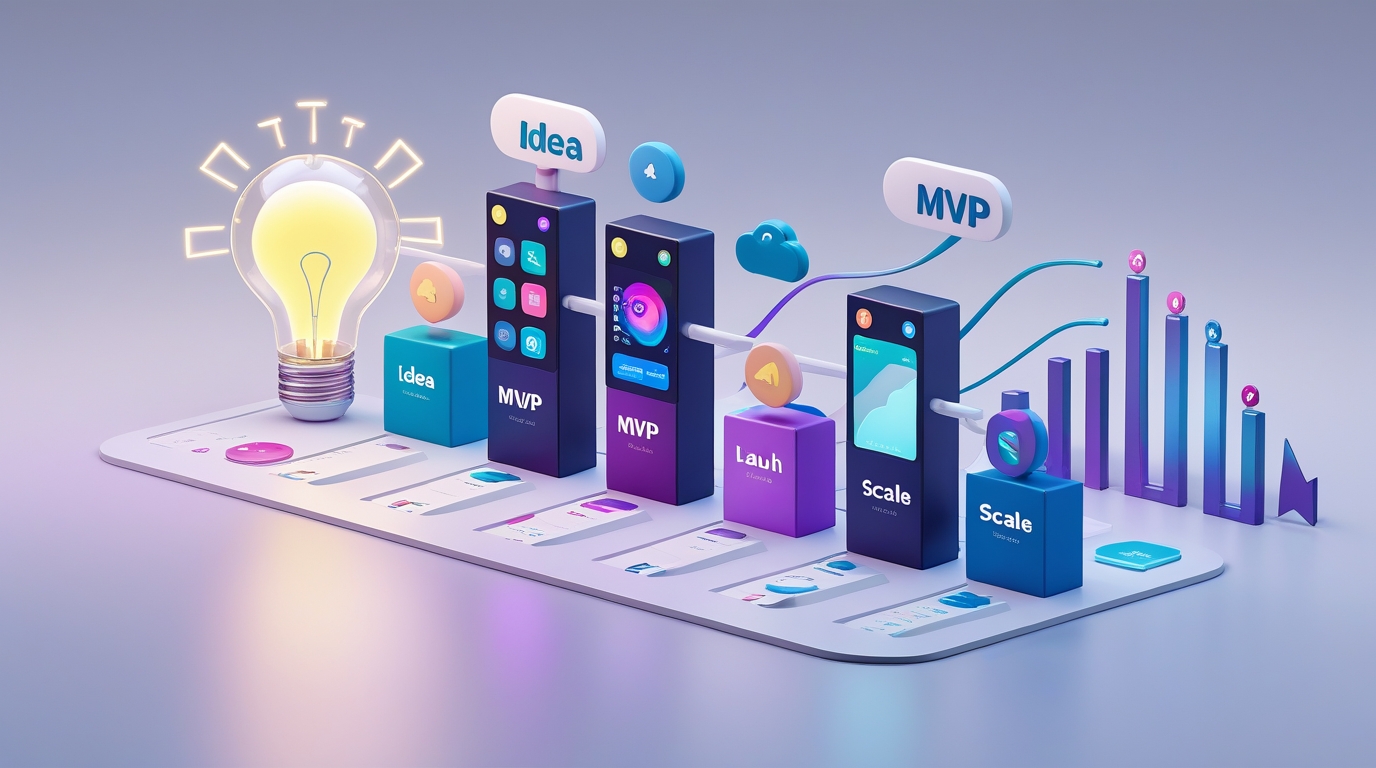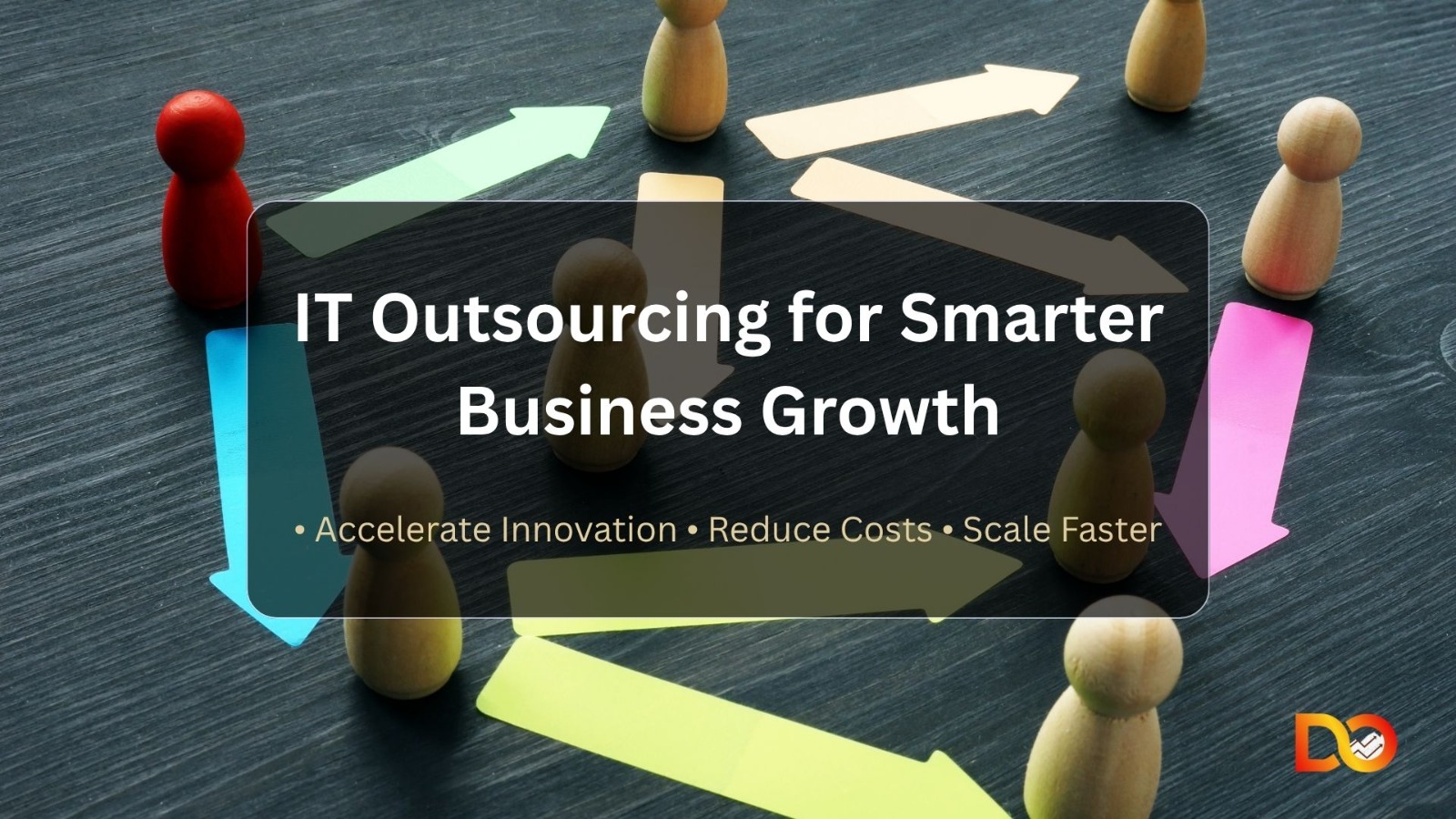Give customers the self-service experience they expect
Your support team drowns in repetitive questions. Customers wait hours for simple account updates or invoice downloads. Meanwhile, your competitors offer sleek portals where users solve problems instantly without ever contacting support.
This friction costs you money and drives customer churn. Customer portal development solves both problems by giving users 24/7 access to their accounts, billing, support tickets, and resources—all in one secure platform. In this guide, you’ll learn what makes customer portals successful, which features reduce support costs most effectively, and how to build a portal that improves retention while cutting operational expenses.
What is a customer portal?
A customer portal is a secure web application where your customers log in to manage their accounts, view billing and invoices, submit and track support tickets, and access self-service resources. Unlike public marketing sites, portals sit behind authentication and show personalized data specific to each user.
Modern customer portal development includes role-based dashboards, integrated knowledge bases, payment processing, document libraries, and real-time data sync with your CRM and billing systems. The goal is simple: let customers help themselves so your team focuses on complex issues that actually require human attention.
Why invest in a customer portal (business outcomes)
Customer portals deliver measurable ROI by automating routine interactions and improving the customer experience:
- Support costs drop 30–50% when customers find answers and complete tasks without contacting your team
- 24/7 self-service means customers get help immediately, regardless of timezone or business hours
- Retention improves 20–35% because users who can manage accounts easily are less likely to churn
- Onboarding accelerates 40–60% with guided setup flows, interactive tutorials, and contextual help
- Upsell opportunities increase when customers see usage data, feature recommendations, and upgrade paths directly in their dashboard
Businesses that invest in portal development services see these gains compound over time as adoption grows and support teams shift from reactive ticket handling to proactive customer success work.
Core features of customer portals
Effective portal development services include five essential feature sets that work together to reduce support volume while improving customer satisfaction.
Self-service Account & Billing
Let customers update profiles, manage subscriptions, view invoices, and process payments without emailing support. Integration with Stripe, PayPal, or enterprise billing systems ensures real-time accuracy. Users can download invoices, update payment methods, and see transaction history instantly.
- Account settings with profile, preferences, and notification controls
- Billing dashboard with invoice downloads and self-serve payment updates
Support & Ticketing
Integrate your knowledge base directly into the portal so customers search for answers before opening tickets. When they do need help, let them submit requests, upload attachments, track status, and receive updates—all without switching platforms. Connect to Zendesk, Intercom, or custom support systems.
- Searchable knowledge base with articles, videos, and FAQs
- Ticket submission with real-time status tracking and agent responses
Personalization & Role-based UX
Show each user exactly what they need based on role, account type, or usage patterns. B2B portals often need multi-user account management where admins control team access. Personalized dashboards surface relevant metrics, shortcuts, and recommended actions.
Customer portal development that includes smart personalization drives higher engagement and faster feature adoption because users aren’t overwhelmed by irrelevant options.
- Role-based dashboards for end users, admins, and account owners
- Usage analytics and personalized product recommendations
Integrations & APIs
Connect your portal to the tools you already use. Sync customer data from Salesforce or HubSpot. Pull usage metrics from analytics platforms. Integrate with payment processors, document management systems, and third-party APIs. Real-time data sync ensures portal information stays current without manual updates.
- CRM integration for unified customer records and contact history
- Billing system sync for accurate invoice and subscription data
Security & Compliance
Protect customer data with enterprise-grade security. Implement multi-factor authentication, role-based access control, and encryption for data at rest and in transit. Build compliance into the foundation with GDPR, CCPA, SOC 2, and industry-specific requirements. Audit logging tracks who accessed what and when.
- Multi-factor authentication and SSO for secure, simplified login
- Encryption and compliance controls (GDPR, CCPA, HIPAA where applicable)
Ready to reduce support costs and improve customer satisfaction? Book a free Portal Discovery call and we’ll show you exactly what’s possible for your business.
How we build customer portals
DevOptiv follows a structured six-step process designed specifically for customer portal development projects:
- Discovery – We map your customer journey, identify pain points, and document integration requirements with your CRM, billing, and support systems
- Prototype – You review wireframes and clickable prototypes of key flows (login, account management, ticketing) before we write code
- Build – Our developers create your portal using secure, scalable architecture with automated testing
- QA & Security – We test across devices and run security assessments to catch vulnerabilities before launch
- Launch – We deploy to production, train your support team, and provide documentation for ongoing management
- Support – Ongoing maintenance, feature enhancements, and performance monitoring as your user base grows
Most MVP customer portals launch in 6 to 12 weeks, depending on integration complexity and feature scope. Enterprise portals with advanced security, multi-tenancy, and extensive customization may take longer.
Pricing models & ROI signals
We offer three engagement models to fit your budget and timeline. Fixed-scope MVP builds typically range from $25,000 to $50,000 and include core self-service features like account management, billing access, and basic support integration. Time and materials (T&M) engagements give you flexibility to adjust scope as you learn what customers need most. Managed support retainers provide ongoing development and maintenance for portals that evolve continuously.
ROI comes quickly. Most businesses see support ticket volume drop 30–50% within three to six months of launch. The average customer support interaction costs $15 to $25, so a portal that deflects even 1,000 tickets monthly saves $180,000 to $300,000 annually.
Case snapshot: SaaS company cuts support tickets 45% in four months
A B2B SaaS provider struggled with high support costs. Customers emailed support for simple tasks like downloading invoices, resetting passwords, and checking usage limits. The support team spent 60% of their time on these repetitive requests.
DevOptiv built a custom customer portal development solution with self-serve account management, integrated billing, and a searchable knowledge base. Within four months of launch, support ticket volume dropped 45%, customer satisfaction scores increased 32%, and the support team reduced headcount by two full-time employees—saving over $120,000 annually.
The portal became a competitive differentiator. Customers praised the modern self-service experience, and the sales team now demos the portal to close deals faster.
FAQs
How long does it take to build a customer portal?
Most MVP portals launch in 6 to 12 weeks from discovery to production. Simple portals with basic account management and billing can launch faster. Complex enterprise portals with extensive integrations, multi-tenancy, and advanced security may take 16+ weeks.
Can you integrate with our CRM and billing systems?
Yes. We routinely connect portals to Salesforce, HubSpot, Stripe, Zuora, NetSuite, and custom billing platforms. Our team handles API authentication, data normalization, and real-time sync to keep portal data accurate.
Is customer data secure in the portal?
Absolutely. We implement multi-factor authentication, role-based access control, encryption, and audit logging. We build compliance into every portal—GDPR, CCPA, SOC 2, and industry-specific requirements like HIPAA for healthcare or PCI DSS for payment processing.
Build a portal that customers love and support teams celebrate
Stop bleeding money on repetitive support requests. Customer portal development gives your users the self-service tools they expect while freeing your team to focus on high-value work that drives growth.
DevOptiv has delivered secure, scalable customer portals for SaaS companies, service providers, and enterprises that need more than generic solutions can provide. Book a free Portal Discovery call today and we’ll assess your support costs, map integration requirements, and show you exactly what a custom portal can deliver.







